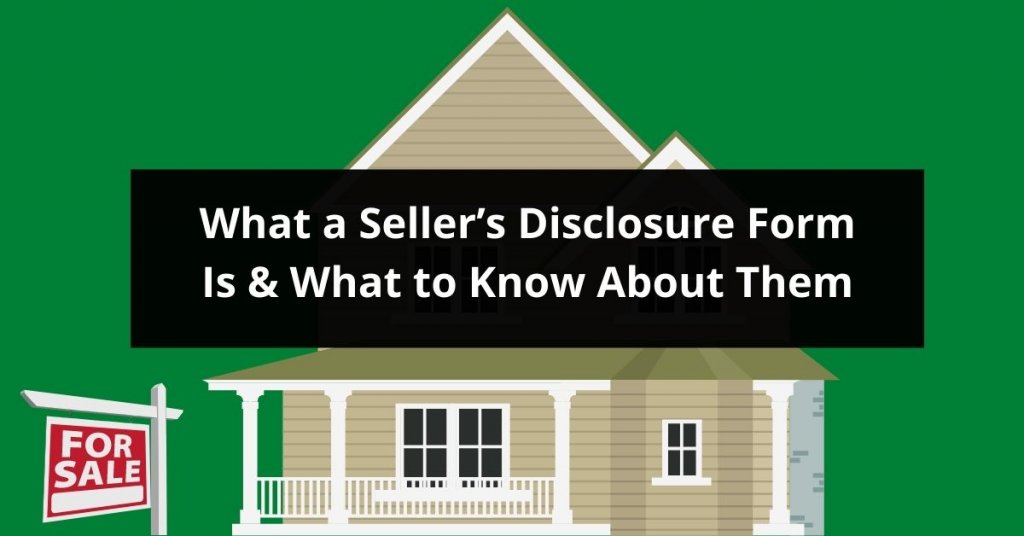Whether you’re buying a house or selling, you’ll need to be aware of any potential issues with the property. Familiarizing yourself with the seller’s disclosure form will benefit all parties—buyer and seller alike.
What is a Seller’s Disclosure Form?
A seller’s disclosure form, also known as a property disclosure statement, is a document provided by the seller about their knowledge of the property—any historical and potential issues. The seller’s disclosure statement is essential to both the buyer and the seller.
As a buyer, you’ll want to be aware of anything that could potentially go wrong with the property. As a seller, you’ll want to be completely honest with your buyer, not only for the sake of honesty but also to cover yourself if an issue arises. Legal action can be taken if you lie on a seller’s disclosure (more on this later).
What Should a Seller’s Disclosure Include?
A seller’s property disclosure should include a full list of issues. The exact issues that need to be listed vary from state to state, so make sure to find out your state’s requirements. Some general problems with seller’s disclosures issues across the country include:
- HVAC
- Mold
- Pest infestations
- Water damage
- Leaks
- Foundational integrity issues
- Lead paint
- Asbestos
- Additions and improvement projects (without a permit)
- Any major repairs made by the seller or previous owners
- Insurance claims made
If there’s been a notable issue, it should be noted.
In the past, there have been underhanded attempts to pass off homes with issues to uninformed buyers. So be wary of shady sellers.
What if the Seller Lies?
If your seller lied on the property disclosure statement, and you’ve already closed, you need to be ready to prove that information was intentionally withheld in a court of law. The buyer can sue for damages sustained due to omitted information.
As a seller, you can be held liable for damages and repair costs if you’re caught lying on the seller’s closing disclosure.
If, as a buyer, you find that you were lied to, you need to bear in mind that there is a statute of limitations. If too much time has elapsed, you no longer have a case, although you may still be able to sue for fraud.
It is always possible that the seller honestly missed something. People make mistakes and you should be able to make this distinction. You can usually tell through interactions with the seller if they’re “good people” or not.
Check your state’s guidelines and stay informed. Buying a home can be incredibly stressful as is. Familiarize yourself with the laws and requirements and do your best to purchase from a reputable seller.
How to Get a Seller’s Disclosure
You can get a seller’s disclosure form from the settlement agent. This is the person who is responsible for preparing and providing the seller’s disclosure form to the seller.
If you’re feeling uneasy, remember that professionals have definitely done this before. If you’re working with a realtor, they’ll more than likely mention the seller’s disclosure to you. In many states, it’s a legal requirement anyway. The transaction can’t take place without you having the seller’s disclosure form.
With that said, you as a buyer are about to make a major investment, it would be wise to be as involved with this process as possible. Remember, it’s your money, and you want to make sure you’re getting the best and most honest deal possible. The more work and research you put in now, the less you’ll have to worry about in the future.
Every home will eventually take on some wear and tear. The difference is making that wear and tear yourself while experiencing life in your happy home. Old issues should stay where they are—in the past.

